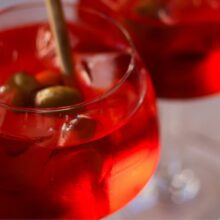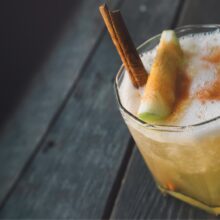Sugar has always been an element of cocktail culture. Part of the earliest definitions of a cocktail, it adds the necessary depth to flavor, texture and balance to drinks. And this is not just speculation: sweetness is one of the five basic flavors. Moreover, the enjoyment of sweets in humans is genetically determined. Before the advent of chemical and artificial additives, sweetness was an indicator of high-calorie food needed to survive. Well, behind the bar, it’s all about taste.
Measure sugar content
Measuring sugar content can be deceiving. Fortunately, the relevant characteristics have been deconstructed into a tablet in Dave Arnold’s Fluid Intelligence. Also, the governments of Finland and Sweden have created searchable lists that include some spirits by their sugar content.
Sugar concentration is measured in points from 0 to 100 on the Brix scale. So, the ratio of water and sugar in syrup 1 to 1 is 50 points on the Brix scale; 1 to 2 – 66 points. However, it is very easy to make mistakes in measurements, which is why many bars choose a subjective assessment method – tasting. Also, syrup manufacturers such as MONIN indicate the Brix indicator directly on the bottle, which makes it much easier to control the taste. However, the key point in any case is to define a clear standard so that the taste of cocktails does not vary.
Get the right result
If the syrup is bad, then the recipe becomes bad, doesn’t it? And the regular change in proportions affects the taste of the cocktail – every time it turns out to be different. In order for the taste to be constant, you need a standard, otherwise you will have to constantly try and work on bringing the taste to balance. It is especially difficult to strike a balance when mixing different types of sugar. For example, liqueur and sweet vermouth in Manhattan provide a sweetness that is very difficult to balance.
But if you change the temperature of the drink, for example, make a cocktail at room temperature instead of a cold one or a cold version of a hot one, you will have to rebalance its taste. The hotter the drink, the sweeter it is.
It is especially important to consider the above when preparing cocktails with a sweet base, for example, liqueur: even without adding additional sugars, you risk making the drink too sweet.
As the saying goes, success is sweet, but balanced cocktails are usually not.







